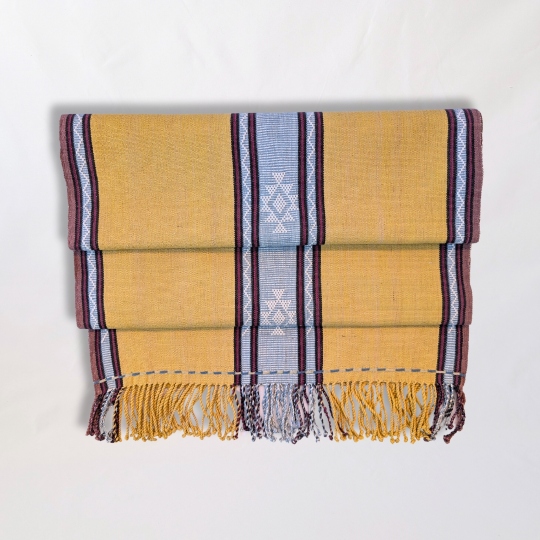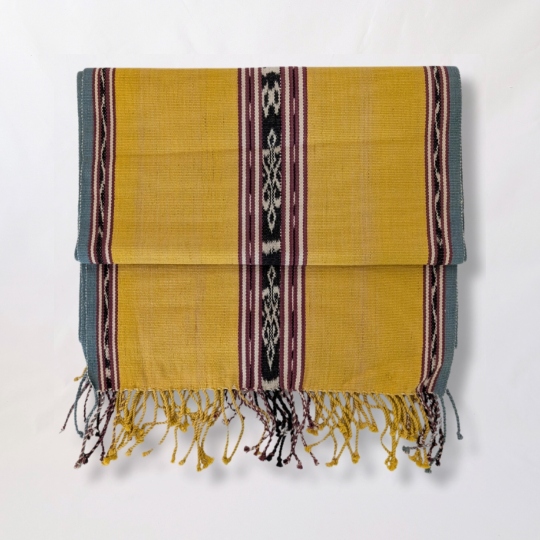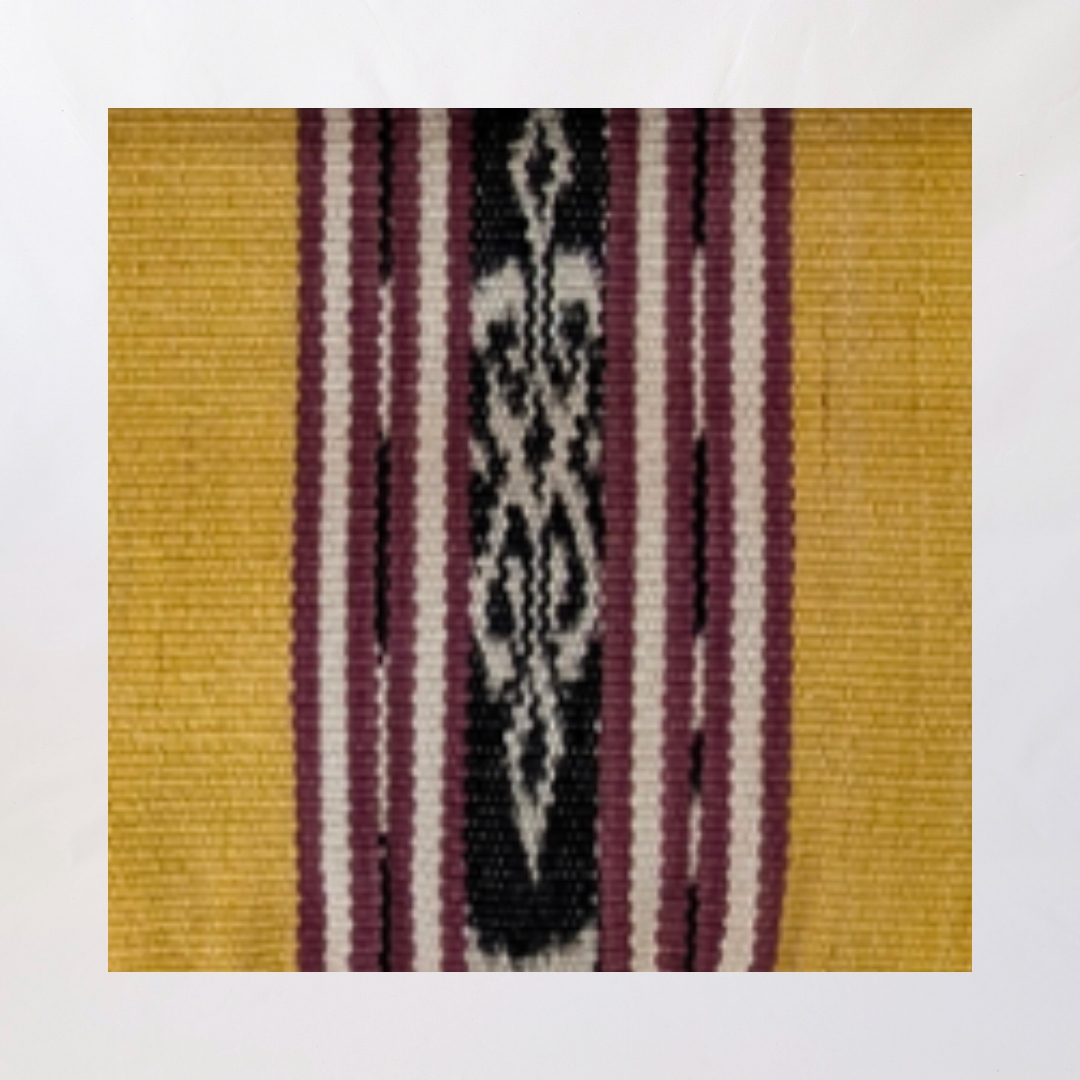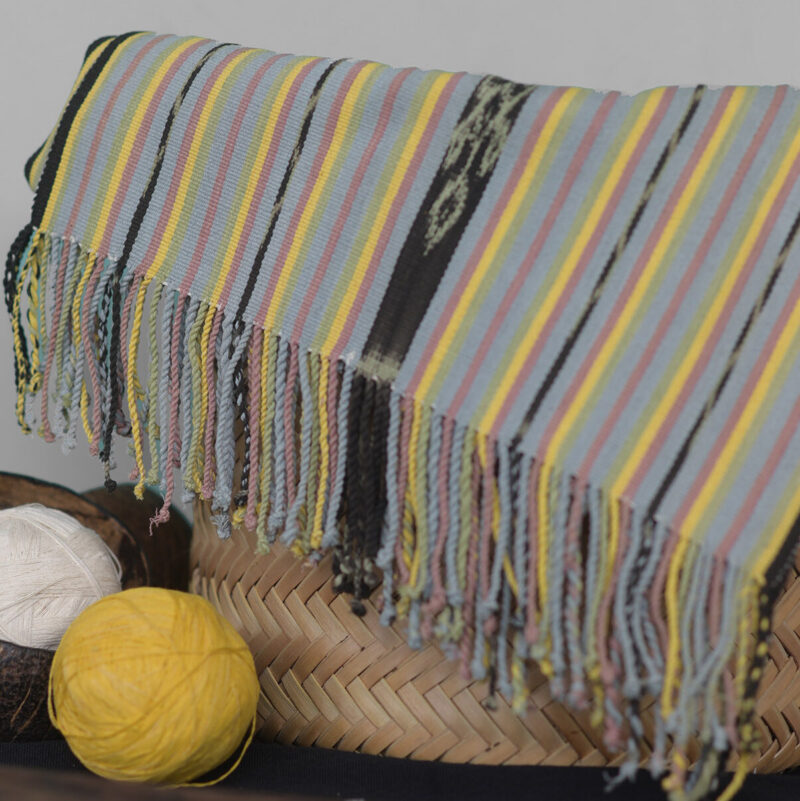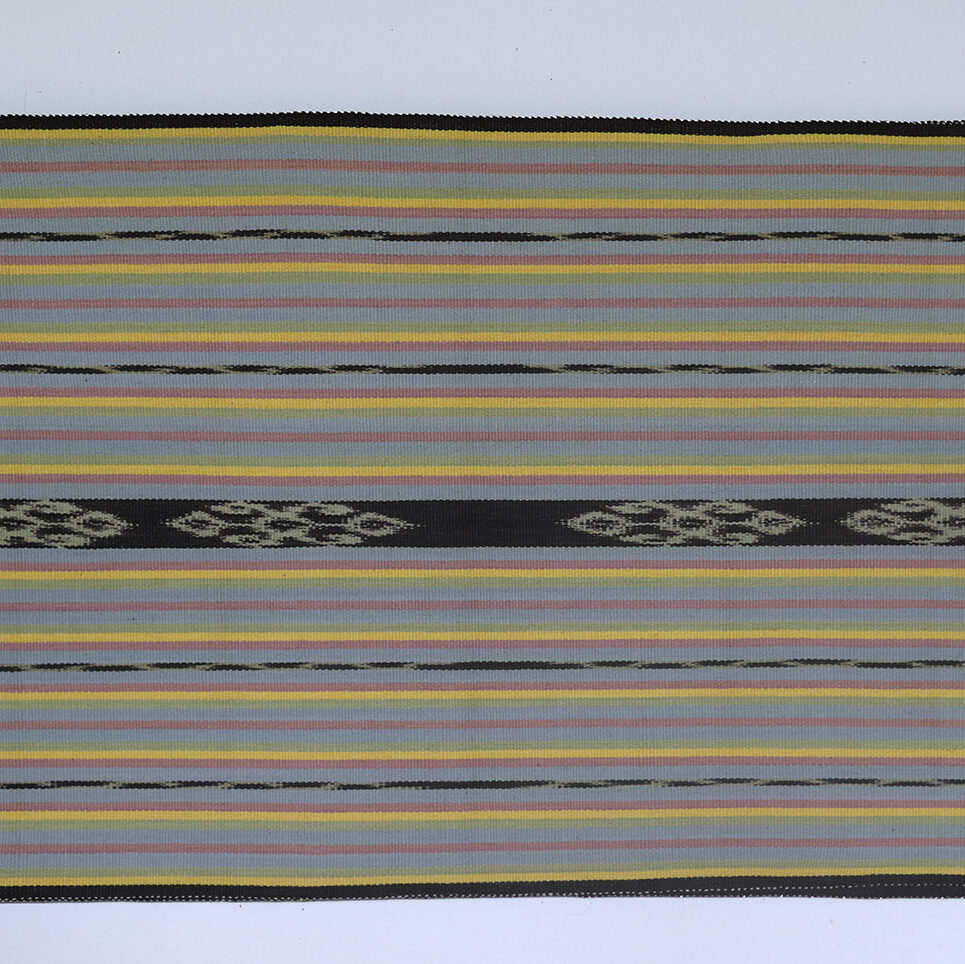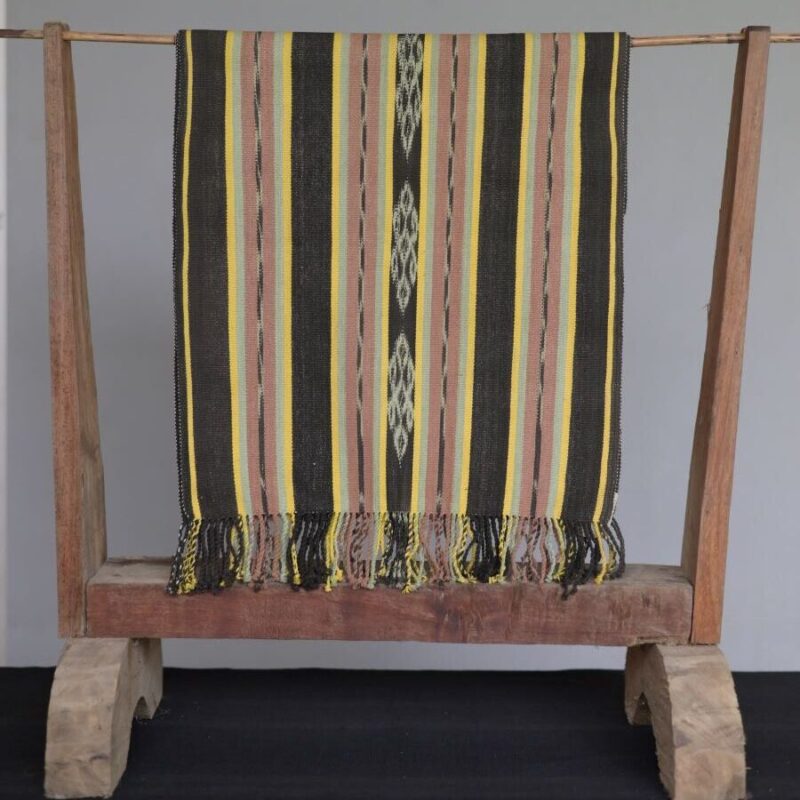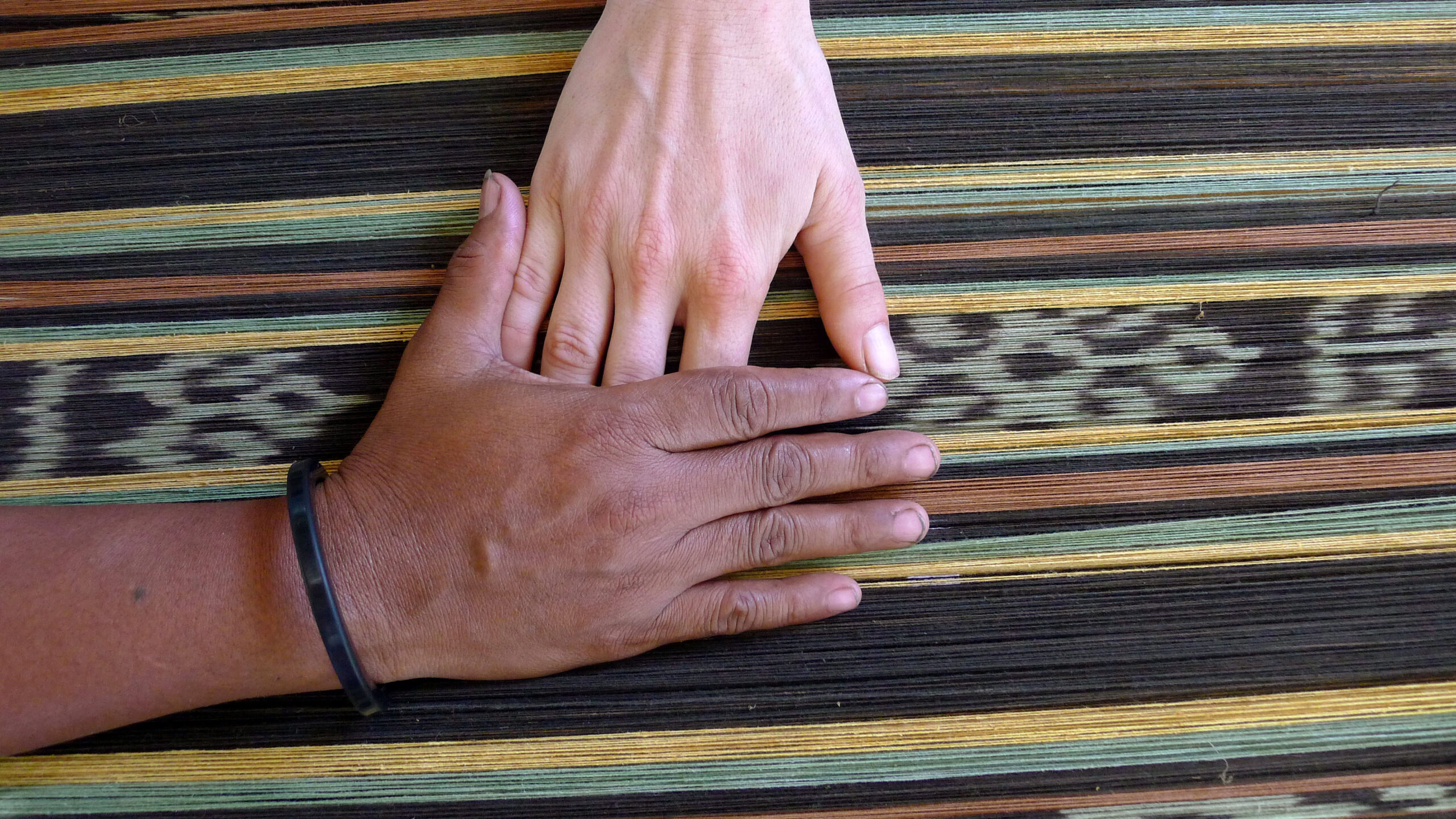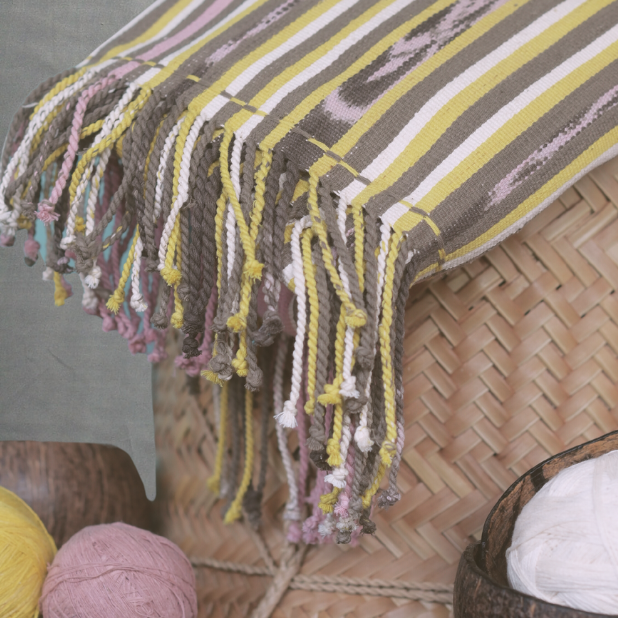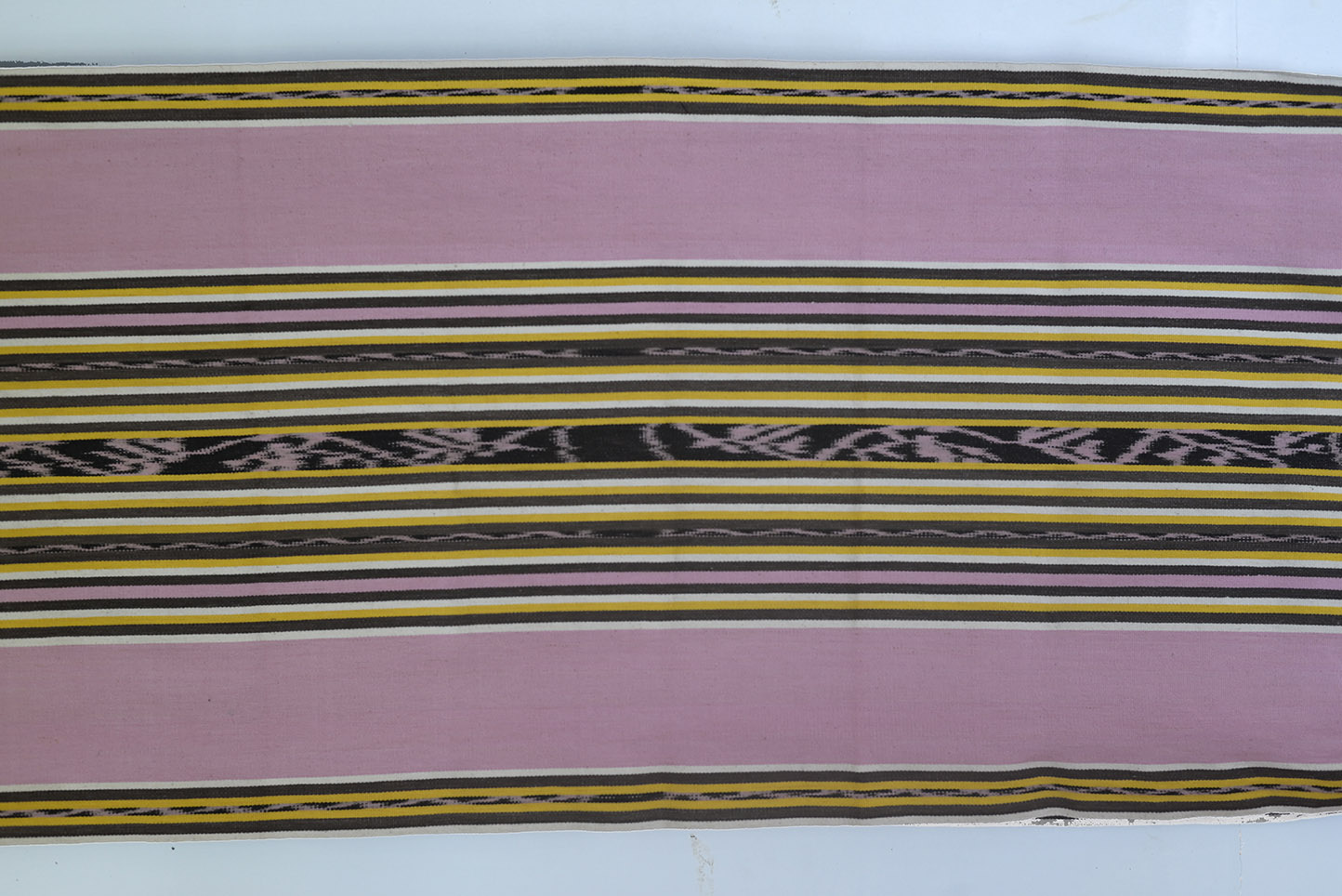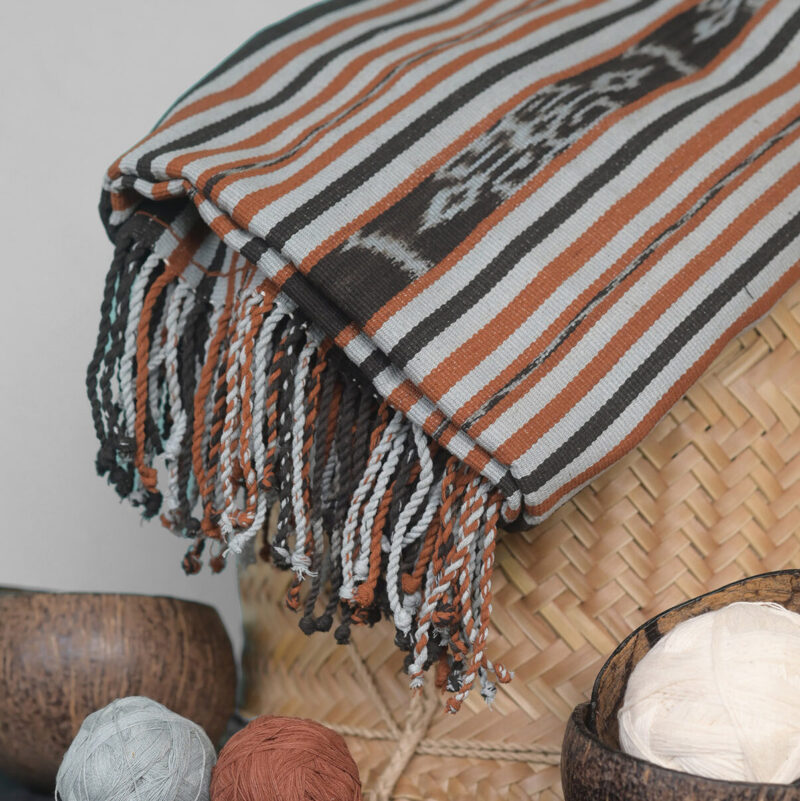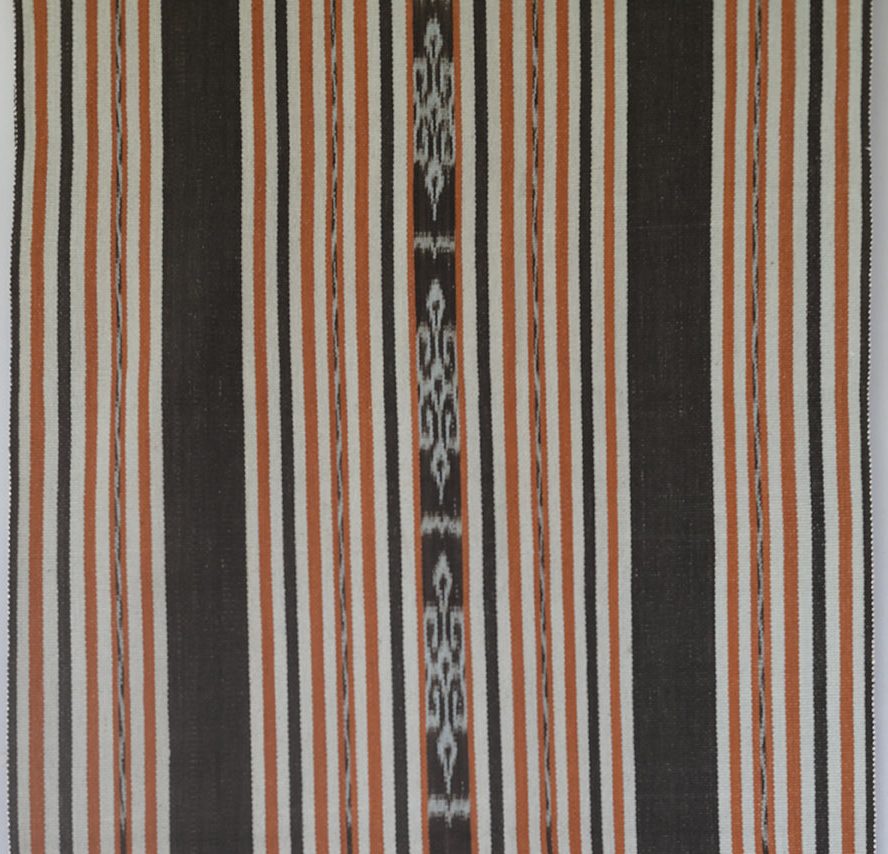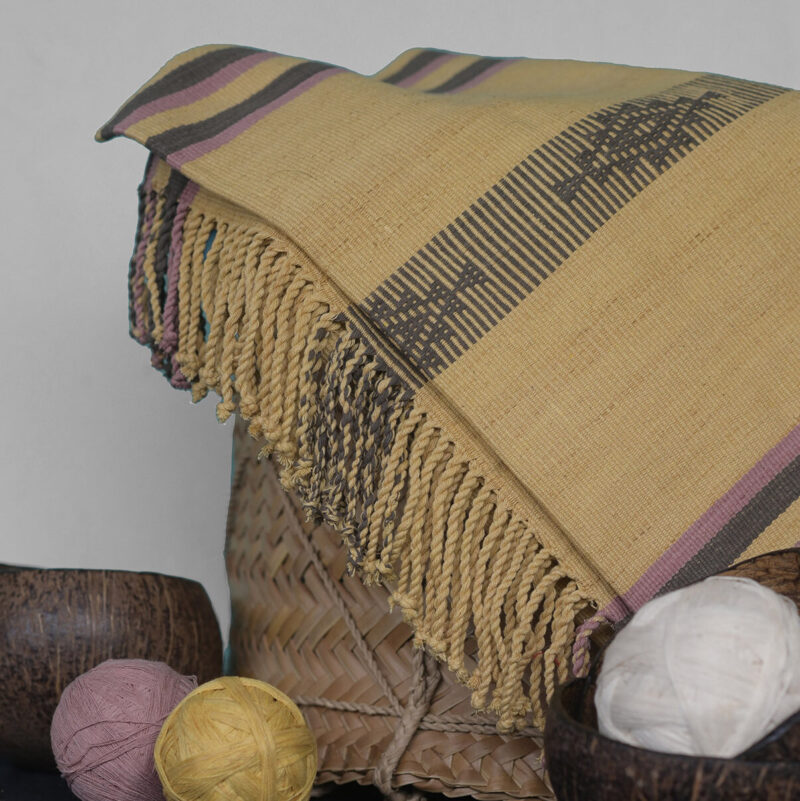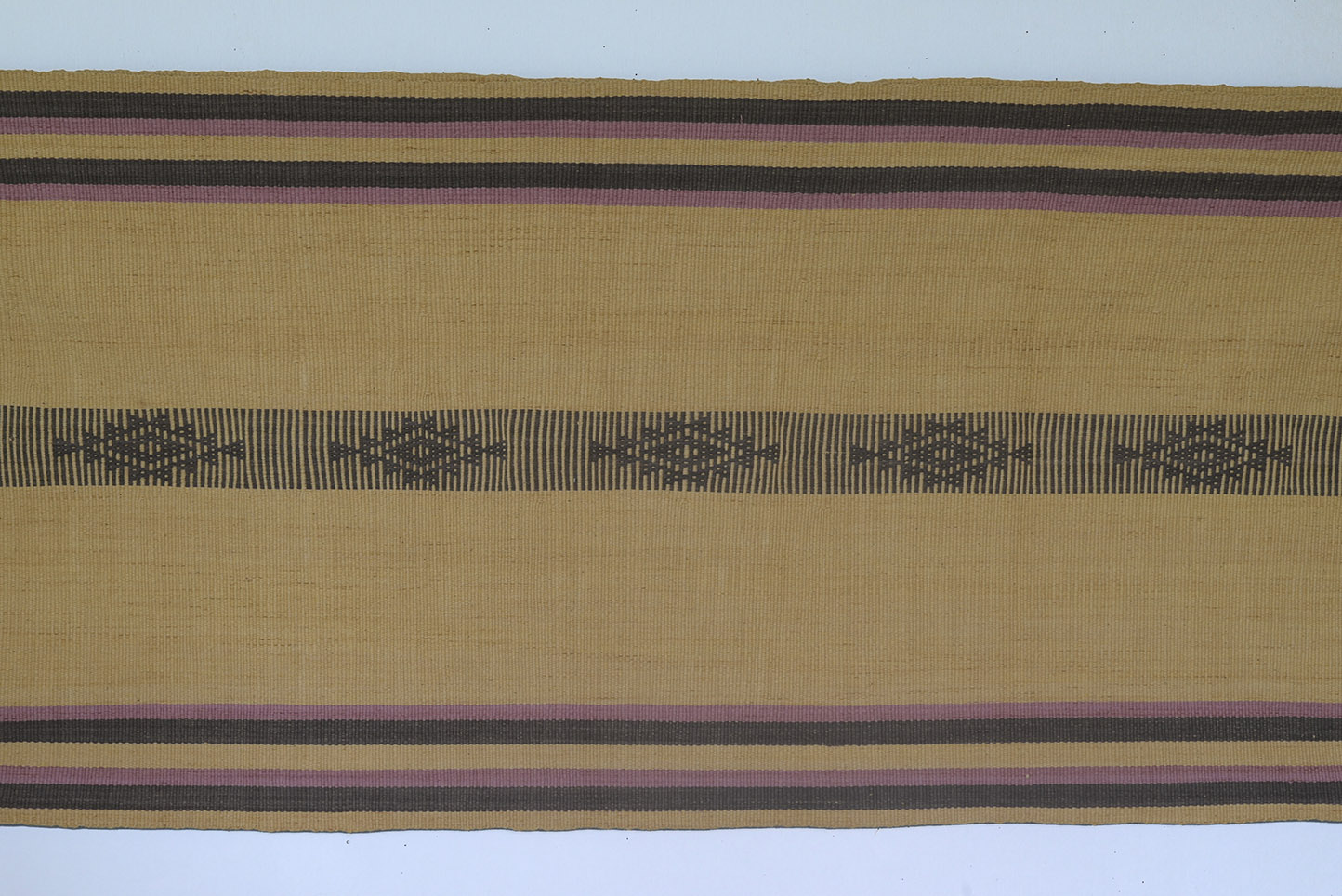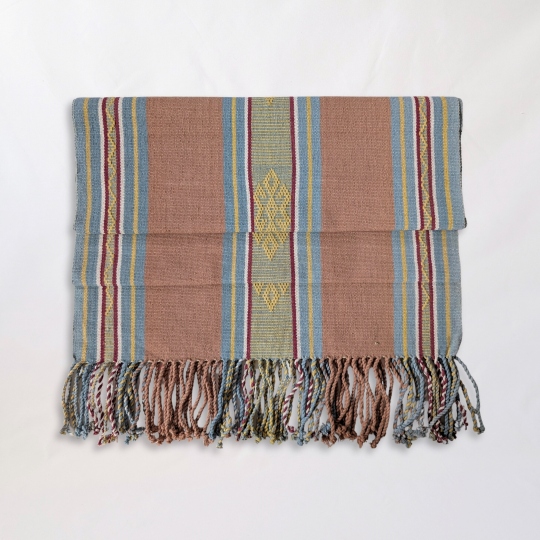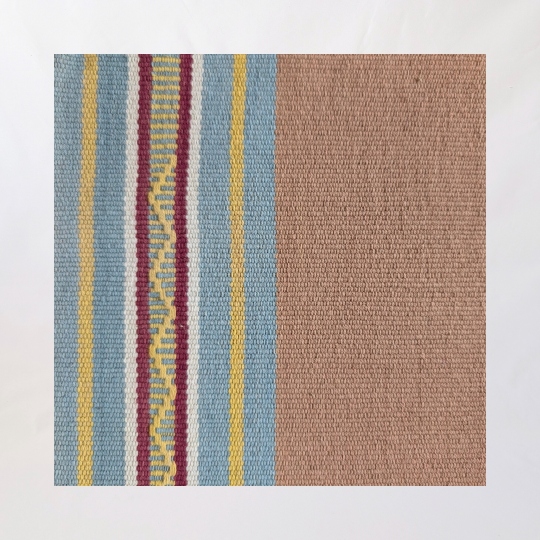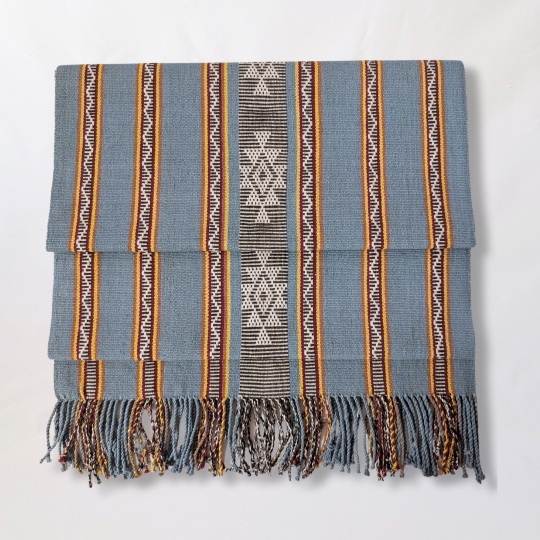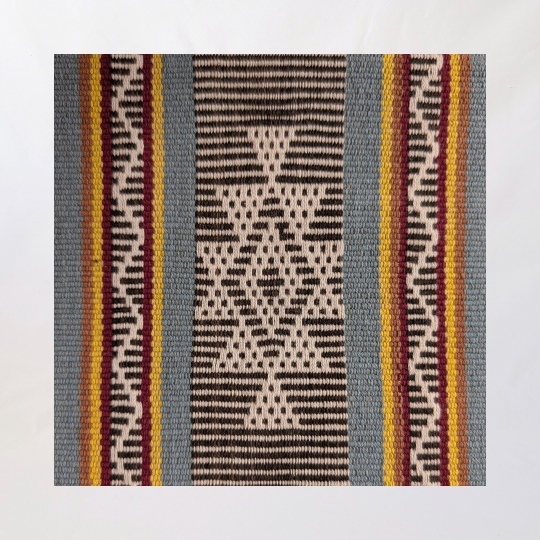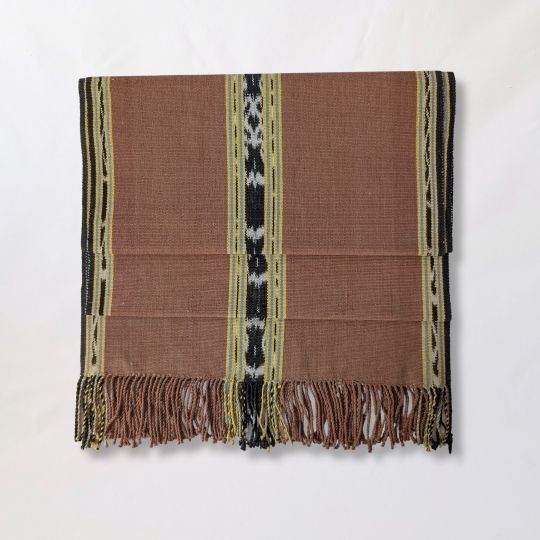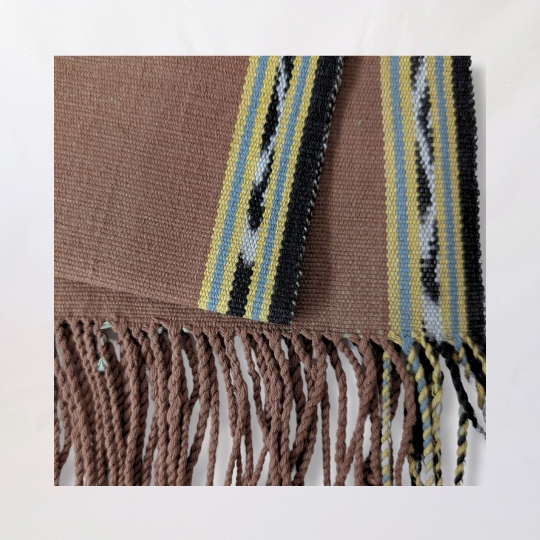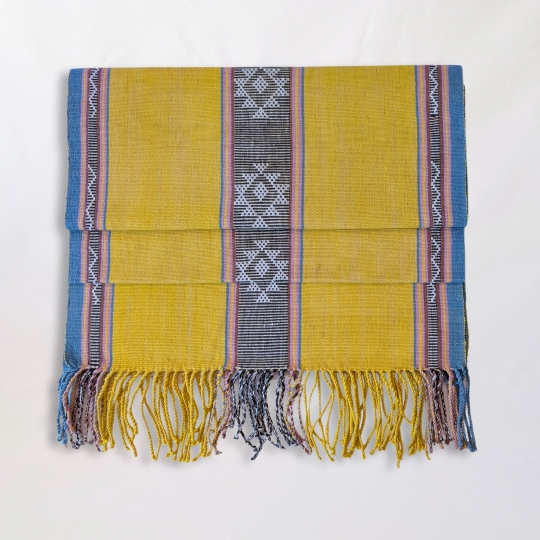Introducing our new collection of stunning, contemporary plant-dyed textiles, inspired by tradition. These handwoven pieces are crafted with skillful dyeing techniques that use locally sourced plants, creating richly layered hues that echo the surrounding landscapes. Each textile embodies the artistry and cultural heritage of the skilled artisans who craft them, preserving generational knowledge passed down through hands and hearts.
By choosing these textiles, you’re supporting sustainable livelihoods for artisans and empowering communities to thrive through their craft. The meticulous, eco-friendly dyeing process not only reduces environmental impact but also ensures each piece is one of a kind. Embrace timeless style with a purpose, and bring the essence of nature and tradition into your space.
-
Cristina Textile
$85.00 -
Elda Coelho Textile
$85.00 -
NEW Fo Ba Malu Azul Textile 40
$95.00 AUD -
Rozita Pecan Blue
$95.00 -
Rozita Sienna Blue Textile
$95.00 -
Sabina Blue Textile
$85.00 -
Sabina Mocha Futus Textile
$95.00 -
Victoria Textile
$85.00 AUD

